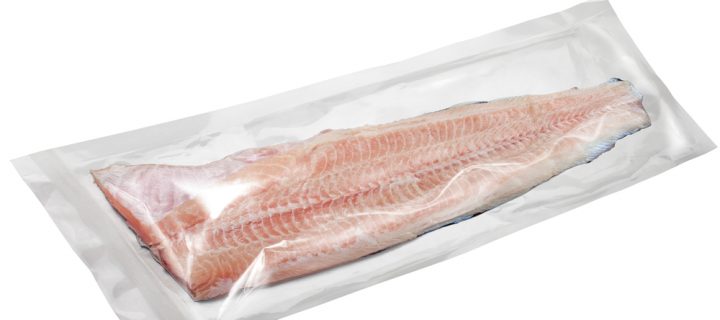Frozen fish is a godsend for home cooks, seeing as they’re easy to store, prepare, and of course, portion.
But those convenient vacuum-sealed fillets can pose a hidden health risk…sorry, fish lovers.
Few fish buyers realize that thawing their fish in that original packaging can present a high risk for botulism.
Clostridium botulinum is an anaerobic bacteria that creates spores that allow it to survive in low-oxygen environments – yes, just like the one your fish is sitting in. Under the right conditions, the spore can produce a deadly toxin. The toxin causes botulism, a life-threatening disease that attacks the nervous system.

Related: Is Your Salmon Safe to Eat? Follow These 6 Tips from Experts
As temperatures rise, the risk of the toxin forming does, too. When temperatures eclipse 36 degrees Fahrenheit – or when you remove it from the fridge – the risk of botulism sharply increases.
How can you prevent it? Easy: expose the fish to oxygen by simply removing it from the packaging. This will stop the spores from production.
According to the Food and Drug Administration, the safest way to defrost your frozen fish is overnight in the refrigerator. But if for whatever reasons you’re using an alternative method of preservation, always remove the packaging first.
Photo Credit: Danill Demin/Shutterstock.com; Merrimon Crawford/Shutterstock.com











